Activity Content Sections
Instructions
Relevant Terminology
Constraint: A real-world limitation, such as the amount of space or money or time you have to build something.
Cloverleaf: A type of interchange where cars go left by making right-hand turns and looping 270o around a large ramp that looks like the leaf of a clover.
Interchange: A place where multiple highways or roadways cross each other.
On ramp / Off ramp: A roadway that allows cars to enter or exit a highway.
Overpass / Underpass: A section of roadway that passes over (or under) another roadway. This can be accomplished with a bridge, ramp, or tunnel.
Topology: The branch of mathematics that studies how things are connected






 Label the north-south highway as HWY 1 and the east-west highway as HWY 2. Now make little signs to put on your model that show drivers where to turn. For example:
Label the north-south highway as HWY 1 and the east-west highway as HWY 2. Now make little signs to put on your model that show drivers where to turn. For example: 
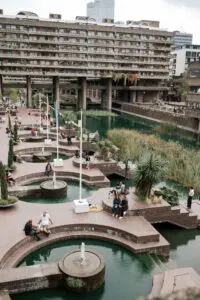
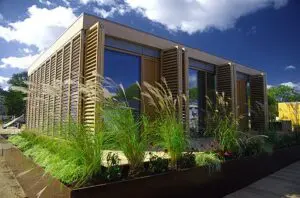
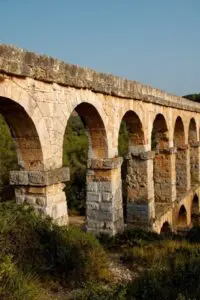
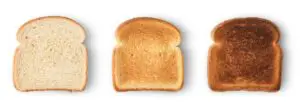
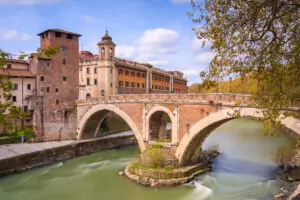

Leave feedback form
Thank you! Your submission is processing.